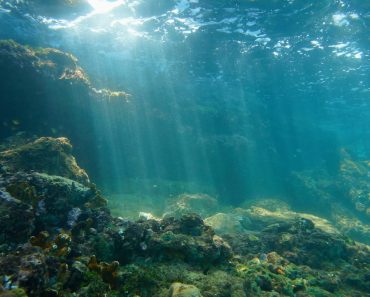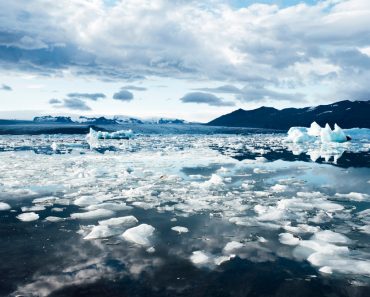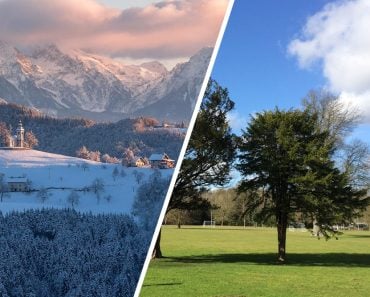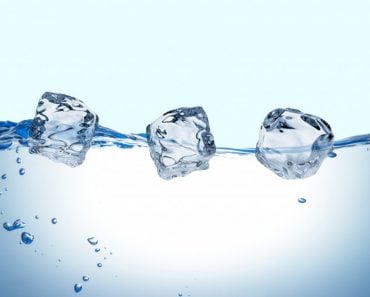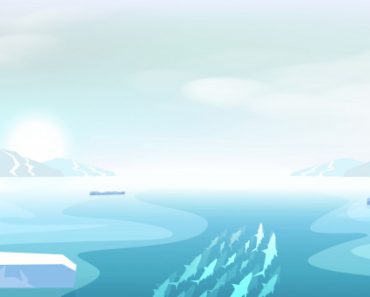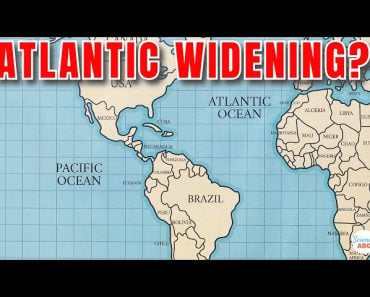Table of Contents (click to expand)
The Arctic Ocean freezes during winters because the temperature of the water gradually begins to fall and a deep layer of seawater begins to develop tiny ice-crystals called frazil ice. As the temperature drops further, this layer thickens and small pockets of this salty slush begin to accumulate until they become heavy enough to sink. This process continues until the entire ocean is frozen.
One can only feel morose while watching the tragic end of Jack and the other victims of the sinking ship in the movie Titanic. That cursed iceberg appeared out of nowhere in the North Atlantic Ocean and sunk that majestic ship. Most of the people died by falling in the freezing water, which was ice-cold, and were unable to hold on until the rescue boats arrived (although a few did survive and were rescued from the frigid water).

This one incident, and many more such incidents, demonstrate how ‘cold’ and deadly seawater can be. However, have you ever thought of how oceans might freeze? Have you ever considered how the Arctic Ocean, being such a vast body of water, manages to freeze?
Recommended Video for you:
Arctic Ocean: An Overview
The Arctic Ocean, also known as the Northern Ocean, is located in the Northern Hemisphere and is the smallest and the least shallow of the five oceans on our planet. It is the northern segment of the one water body that encompasses all of the world – the World Ocean. Most of the Arctic Ocean is surrounded by Eurasia and North America.
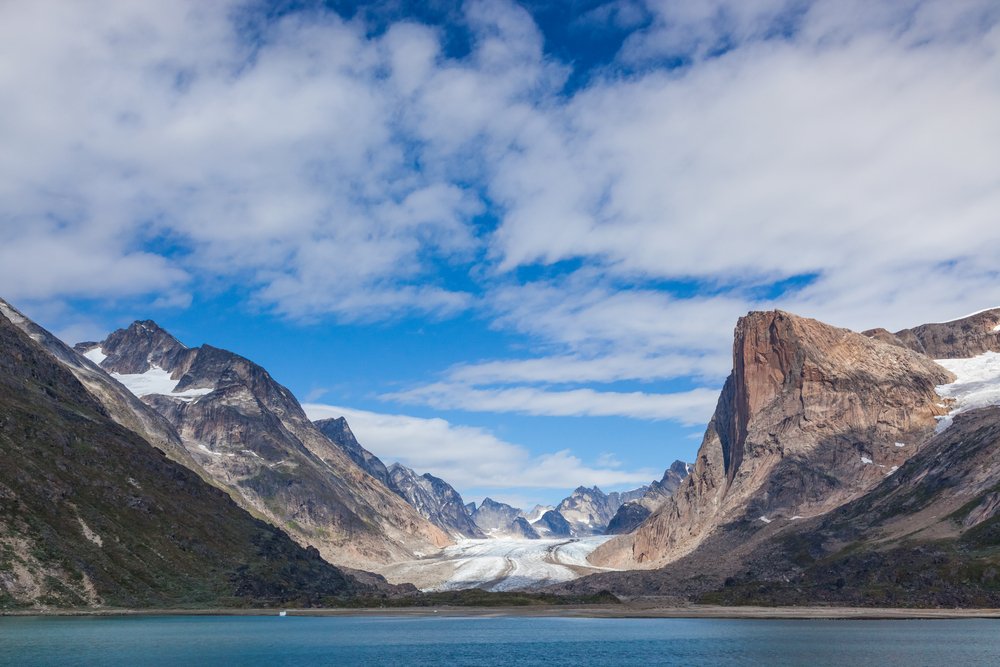
The most noteworthy thing about the Arctic Ocean is that it’s partly covered with ice throughout the whole year and almost completely covered by a layer of ice in the winter. How does such an enormous water body freeze and why doesn’t this happen with other oceans?
Lower Freezing Point
Pure water freezes at 0 Degree Celsius. Note that we are talking about ‘pure’ water, the kind that is free of impurities. World sea water, on the other hand, is heavily with impurities in the form of salts and other minerals, which amounts to approximately 3.5% of the total sea water. Due to this, water freezes at a lower temperature (-2 Degrees Celsius) because the freezing point of water depends on the volume and type of molecules it contains.
The Arctic Ocean is the least saline due to low evaporation levels, limited connectivity to surrounding oceanic waters with higher salinities, and heavy freshwater inflow from rivers and streams. This is why the Arctic Ocean freezes more easily.
The Process
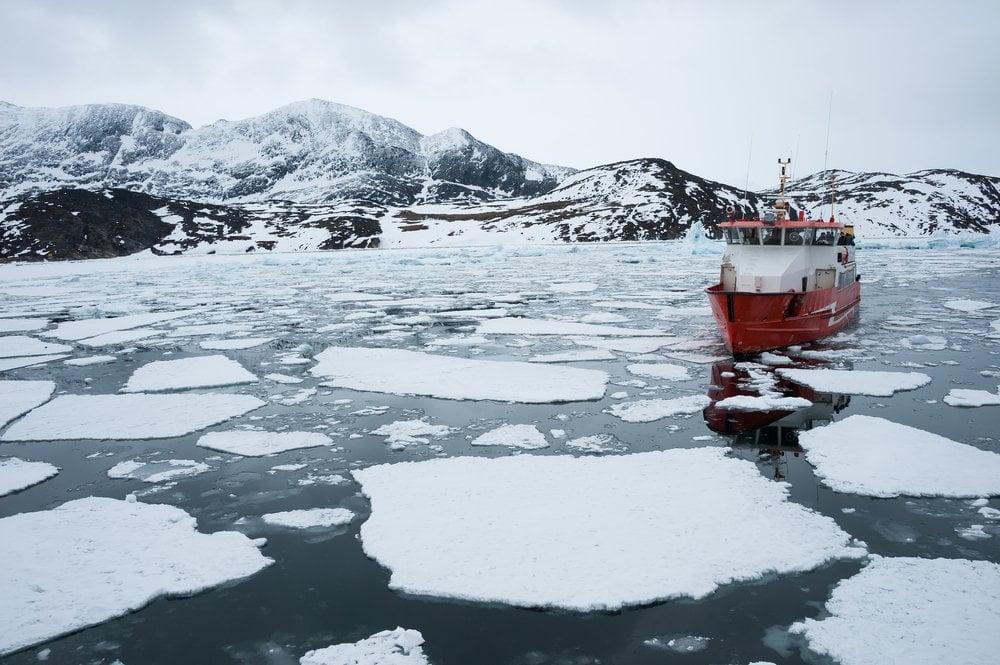
During the winter season, when the temperature of water begins to gradually fall, a deep layer of seawater begins to develop tiny ice-crystals called frazil ice. As the temperature drops further, this layer thickens. Small pockets of this salty slush begin to accumulate until they become heavy enough to sink. Due to this, the layer which remains at the top has a lower salt content. This means that it is purer; therefore, the fall in temperature is enough to convert ice-crystals into small ice-packs.
These ice-packs combine together to become a single floating sheet. These floating sheets are what look like frozen water or a frozen Arctic Ocean. The thickness of the ice sheets varies throughout the year, but it’s thickest during winters and peaks in the month of March. On the other hand, ice layers begin to retreat during the summer and the lowest thickness is typically around September.
Now you know how nature manages to freeze such vast and formidable water bodies! It’s not magic!


